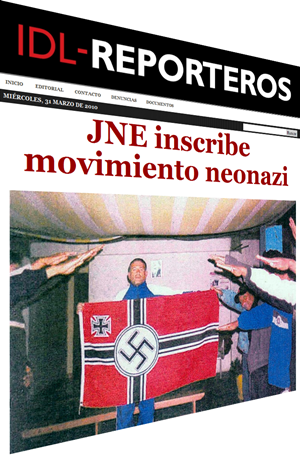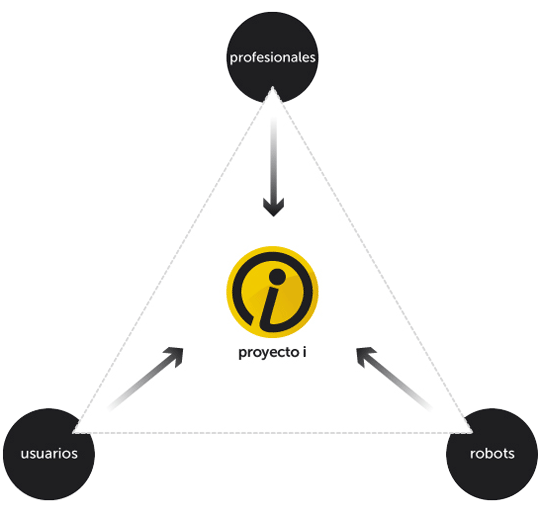Curation seems to be all the rage these days and lots of new tools are popping up and attracting the attention of journalists. Among them is Bundlr, a new and free tool for online curation, clipping, aggregation and sharing web content easily.
The creators behind Bundlr are two 23-year-old developers, Filipe Batista and Sérgio Santos, from Coimbra, Portugal, who are both just finishing graduate degree in informatics engineering. Their eureka moment came while thinking about how to aggregate content about a particular conference.
“After attending a great conference, we thought about ways to show how it really was to be at the event. Share photos, videos, reports and all that was being published online, in a single shareable page. But we couldn’t figure out a simple way to do it.”
So what does Bundlr really do and where does it differ from Storify and other curation tools?
“First, our tool guesses beforehand what the user wants in a webpage. In a YouTube page it’s obvious that the user wants the video, at Flickr the main image.
“Second, we do not only clip the image but all the metadata surrounding that image. For instance, publishing date, geolocation data, author, views, etc. This is true for every website we support. If a webpage is supported it means it was tailor-made to work with Bundlr so that the clipping process will be as seamless as it gets.
“Third, we don’t limit the layout inside the timeline format. We show the clips in a grid. In the future, with all that metadata we collected, we can get very creative with clip layouts.”
Bundlr wasn’t intended to be a journalism tool but journalists can take advantage of its features for their everyday work. Besides gathering different social media and online contents like photos, videos and tweets to present in a single page, it can be used privately for research and brainstorming to write articles.
“There is an information overload. New sources and mediums are emerging and specialists need to find their way through everything being published online. But we’re lacking the tools to quickly select the best we find on the web, organize and share it.”
Bundlr is in beta stage at the moment, but the next stage of the plan is to have freemium accounts with a limited number of bundles for each user. A deal has just been struck with Portuguese venture capital firm SeedCapital and the service will be releasing its public version in a few days.
Batista and Santos are open to suggestions as they launch their first version, and they’ll be analyzing the way Bundlr users interact with it and see what makes sense for them.
“We believe that skimming through all this noise, and getting to the meaningful information is one of the main challenges internet users face today.
“What do you think about “untangling the web” as our tagline?”
You can get a beta tester invitation for Bundlr at this link.
Bundlr ( gobundlr.com ) from Bundlr on Vimeo.

